Don't miss these coffee maker deals – reviewed by a kitchen appliances expert
Your guide to getting that dream machine for less
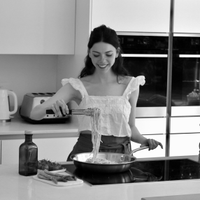

If you're dreaming of cozy coffee mornings at home, you'll want to shop for the best coffee maker deals. If you're smart about it, it's possible to snag that dream machine for less.
As Homes & Gardens’ kitchen appliance editor, I know my way around the best coffee maker deals. I've tested the best products on the market, worked in a coffee roastery, attended tasting masterclasses, and shadowed a barista to make sure I know the best when I see it. I'm constantly tracking the prices of our favorite machines, so you can get the best coffee maker deals without spending hours researching.
Whether you want the best espresso machine, best drip coffee maker, French press, or Nespresso pod coffee machine, we've got you covered with these editor-approved deals. Here's everything you need to know, including: when to shop the best coffee maker deals, where to look and, specifically, which machines to invest in.
Where to shop the best coffee maker deals
- Amazon Prime: frequent discounts on big name brands with next day delivery
- Walmart: discounts on Keurig, Ninja, or Cuisinart will be here
- Best Buy: coffee maker deals on Breville, De'Longhi, and Nespresso
- QVC: discounts on French presses, pour-overs, bean-to-cup machines
- Target: afforable coffee brands for even less in the sales
- Williams Sonoma: occassional discounts on premium products, like Aeropress
- Wayfair: a secret stack of discounts on brands like De'Longhi and Ninja
How to choose the best coffee maker deal
If you're unsure which coffee maker to choose in the sales, my comprehensive guide to the best coffee makers is a good place to start. This covers all the bases and I will help you find the right brewing method for your taste and budget. I keep the page up-to-date with the latest deals, too. If you already know what type of machine you're looking for, I've covered more specific categories below.
- Best coffee makers
- Best espresso machines
- Best drip coffee makers
- Best pod coffee machines
- Best Nespresso machines
- Best cold brew coffee makers
- Best French press
- Best pour-over coffee makers
- Best moka pots
- Best iced coffee makers
- Best non-toxic coffee makers
Our favorite coffee makers 2025
These are the first machines I would look for in the sales. They are the highest-rated coffee makers at the top of our buying guides. It's a good idea to put these 5-star machines on your wishlist before the sales kick-off, so you can rest assured you'll invest in a high-quality coffee maker deal, rather than a panicked bargain.
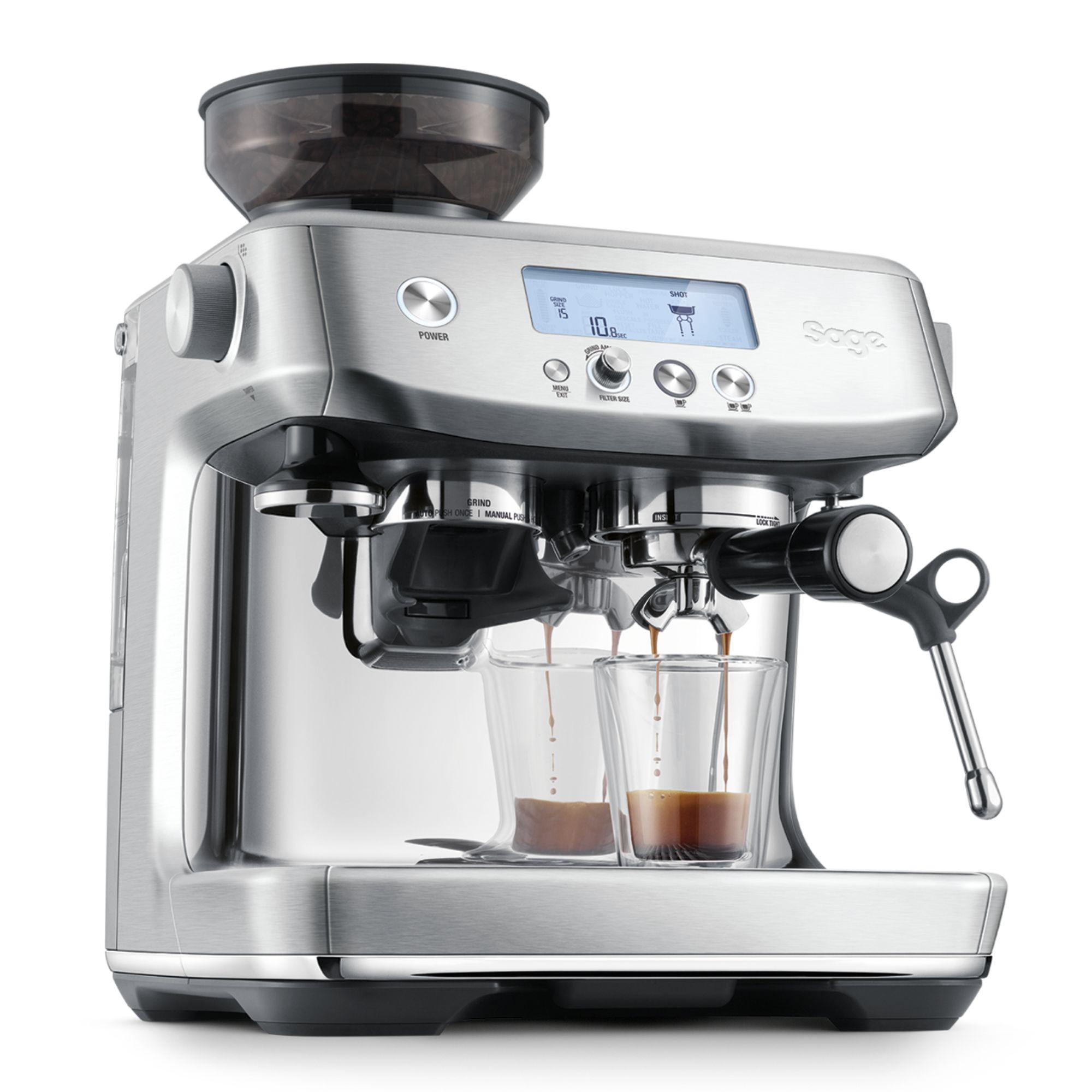
The clue is in the name: this is a professional quality machine which delivers barista-worthy results. Breville's machine is the perfect balance of hands-on and automated. User-friendly and well-designed, it’s the best espresso machine that I’ve tested.

If you're looking for ease, this machine is fully automatic. All you have to do is tap a screen to gain access to over 52 styles of coffee. Every cup is top quality, from cortado to cold brew. It's a brilliant option for busy, hands-off coffee snobs.
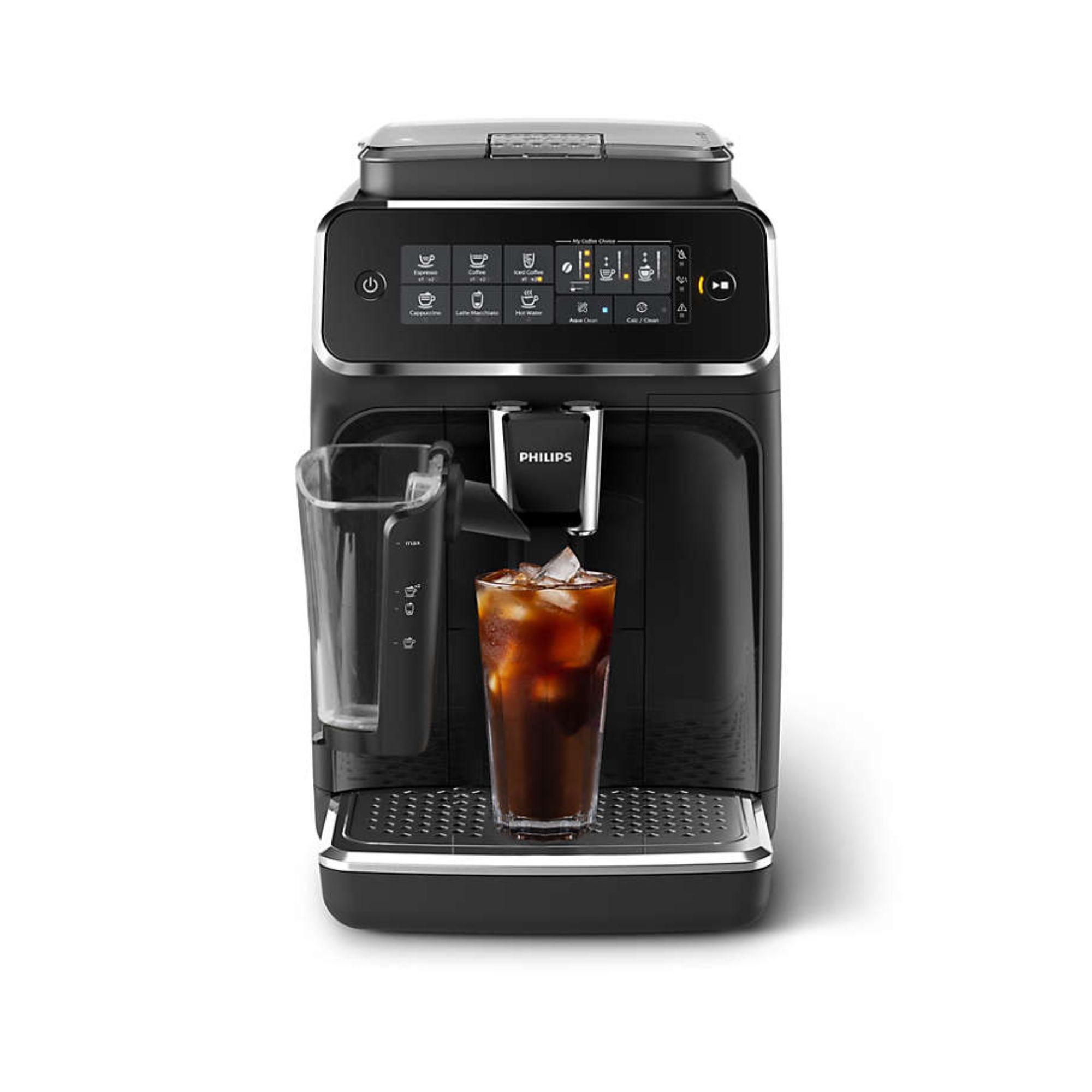
This was our favorite automatic machine for ages, but De'Longhi's newer, sleeker models beat it to the top position. It's still a really great machine and I've seen it as much as 50% off in the sales this year. So, if you love quick lattes and cappuccinos – you'll want to keep an eye out.

This coffee maker can brew anything from a single shot to a whole carafe of coffee. It's easy to use and one of the most affordable models on the market. That's why it's the 5-star-rated winner of our buying guide this year.
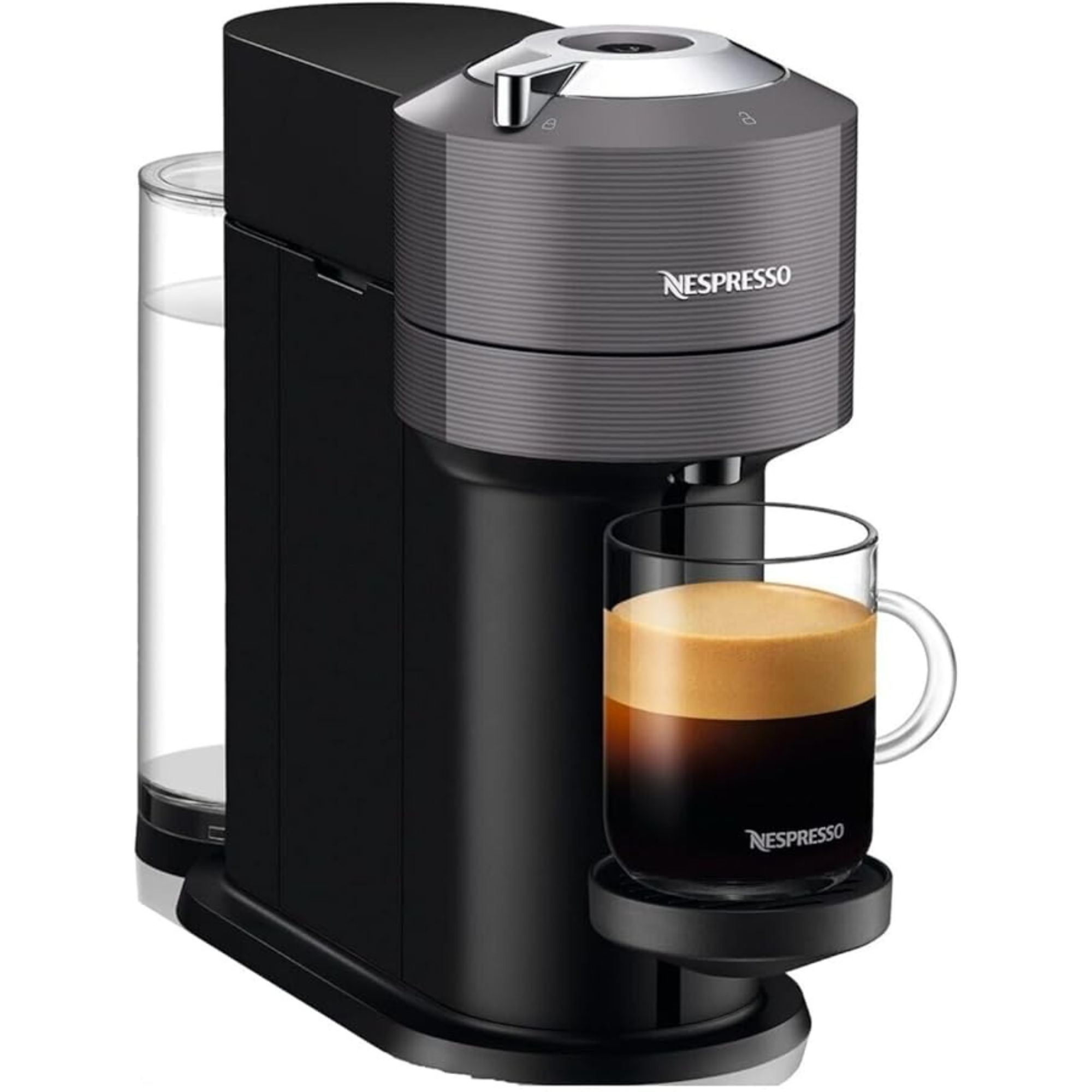
This is the best single-serve coffee maker on the market. The pods taste like actual fresh espresso, not just instant or filter coffee, and there's a huge range of delicious flavors to choose from. It's one of the fastest coffee makers we've tested, making hot coffee in around 30 seconds.
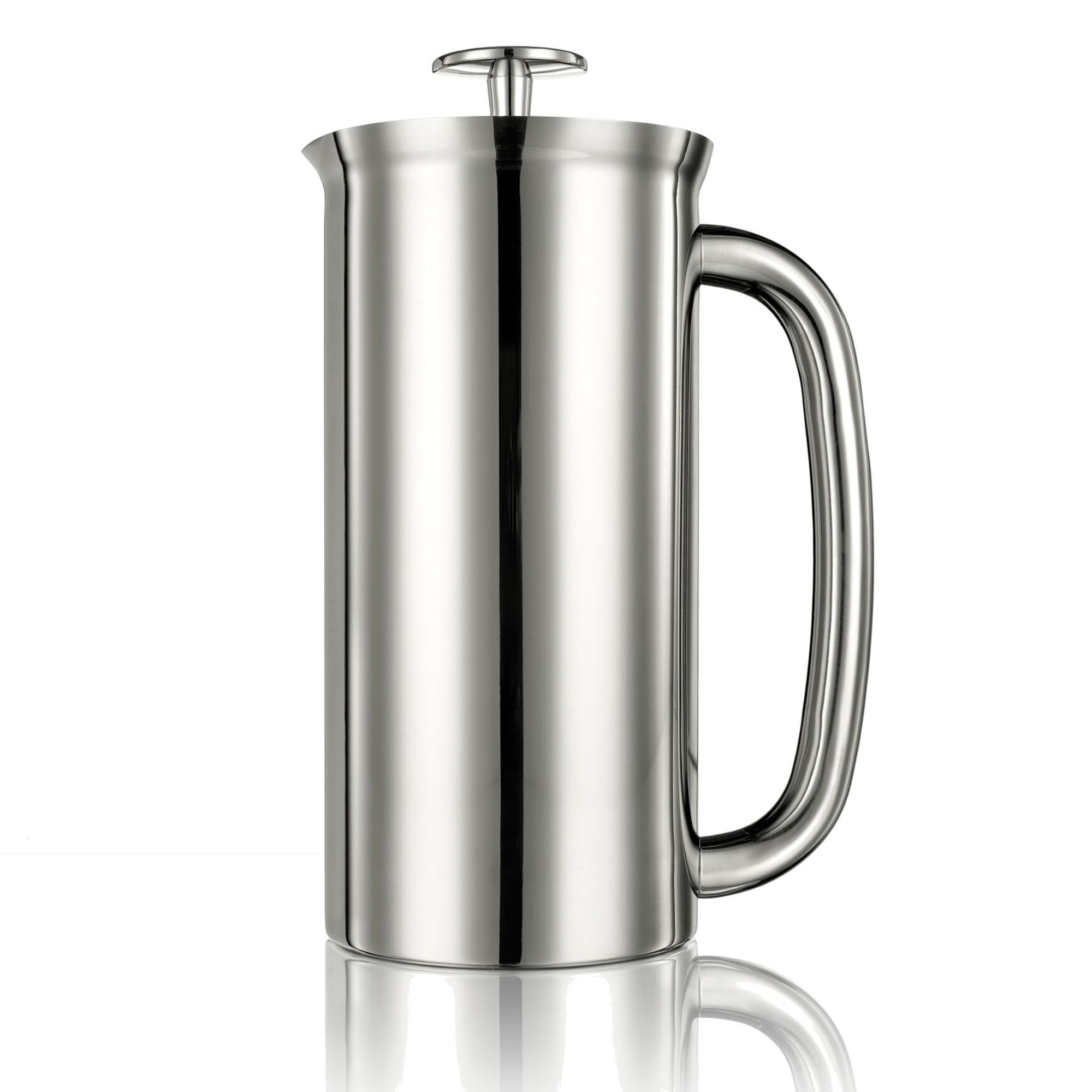
You won't find better than this seamless, stylish design. The Espro P7 makes the best French press coffee and cold brew you'll ever taste. It boasts stainless steel, double-insulating walls and the finest filtration, too.

This made the best cold brew coffee maker of all the ones I tested. It's easy to use, neatly designed, and feels more premium than the price tag suggests.
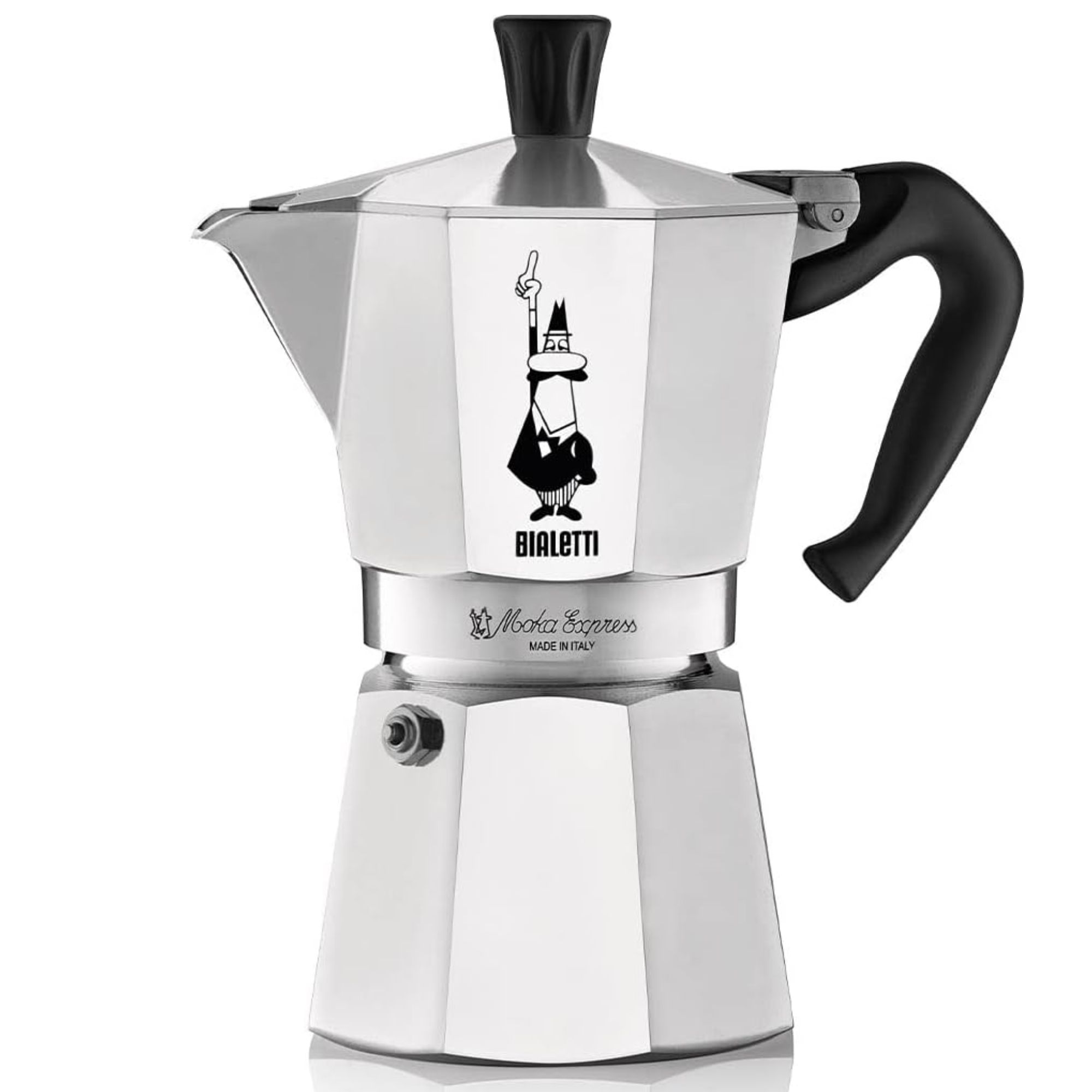
This is the number one in so many ways: it's the first moka pot design, made by the first moka pot makers, and it's the best in all moka pot buying guides. However, it won't work on induction stoves.
When to shop the best coffee maker deals
Amazon Prime Day coffee maker deals
Amazon Prime Day might be my favorite time of year to find coffee maker deals. The event is held annually in mid-July (with an additional fall event in October). Prime Day brings deep discounts across Amazon’s extensive selection of coffee makers, espresso machines, and coffee accessories.
Last Prime Day, I found savings of up to 55% off on brands like Keurig, Nespresso, Breville, and De’Longhi. For Prime members, early access to lightning deals and extra savings on select items sweeten the deal even further. I also discovered that those new to Prime can qualify for a free 30-day trial – so everybody can enjoy the discounts and speedy delivery.
Design expertise in your inbox – from inspiring decorating ideas and beautiful celebrity homes to practical gardening advice and shopping round-ups.
Labor Day coffee maker deals
Labor Day isn't just a holiday, it's an excellent time to shop for coffee makers, with sales often extending through the entire holiday weekend and into early September. As one of the last big sales events before the holiday shopping season, Labor Day sees some generous discounts on coffee makers. It’s a great opportunity to pick up drip coffee makers, espresso machines, and single-serve brewers for 20-40% off.
Black Friday coffee maker deals
Black Friday to Cyber Monday is a famously great weekend for coffee lovers and bargain hunters alike. Most major retailers slash prices, and many top coffee brands get in on the action (Nespresso, De'Longhi and Philips all run Black Friday coffee maker deals) – so these are the perfect days to score a machine you’ll love without breaking the bank.
Whether you’re after a classic drip machine, a sleek espresso maker, or a state-of-the-art bean-to-cup model, the Black Friday coffee maker deals offer options at every price point. I always recommend looking at the iced coffee and cold brew coffee makers at this time of the year, as summer appliances are often drastically reduced in the Winter.
If you miss a Black Friday coffee maker deal or want to compare prices, Cyber Monday is a second chance to score major savings across brands and models. In my experience, the Cyber Monday prices aren't as low as they are on Black Friday itself.
Holiday season coffee maker deals
Retailers like Amazon, Wayfair and Walmart run holiday season discounts on everything from entry-level brewers to premium espresso machines, which makes gifting a little easier. In the past, I've seen coffee maker deals on brands like Nespresso, Breville, De’Longhi, and Jura, especially on their older or smaller models.
How we find the best coffee maker deals
It's actually my full-time job. All year round, I research the best coffee makers, exploring the newest models, rigorously testing popular machines, and tracking price trends to identify those with standout features, value, good design, and reliability. I continually update our best coffee maker buying guide throughout the year, documenting price drops and comparing prices so we’re always ready when the biggest discounts hit.
With years of experience, I know which retailers consistently offer the most competitive coffee maker deals. Amazon is unbeatable for its vast selection, while Walmart and Best Buy excel in appliance sales, and Target and Wayfair are my go-tos for bundle offers and good-looking espresso machine discounts. I’m always on the lookout for value-packed bundles that include extras like milk frothers, coffee pods, or extended warranties, so you get the most out of every purchase.
To catch the best coffee maker deals, I also use price-comparison tools. Timing is everything, especially for seasonal sales. Deals go live at different times, so I check early and late in the day to catch midnight drops, restocks, and the day’s best savings.
How we test coffee makers
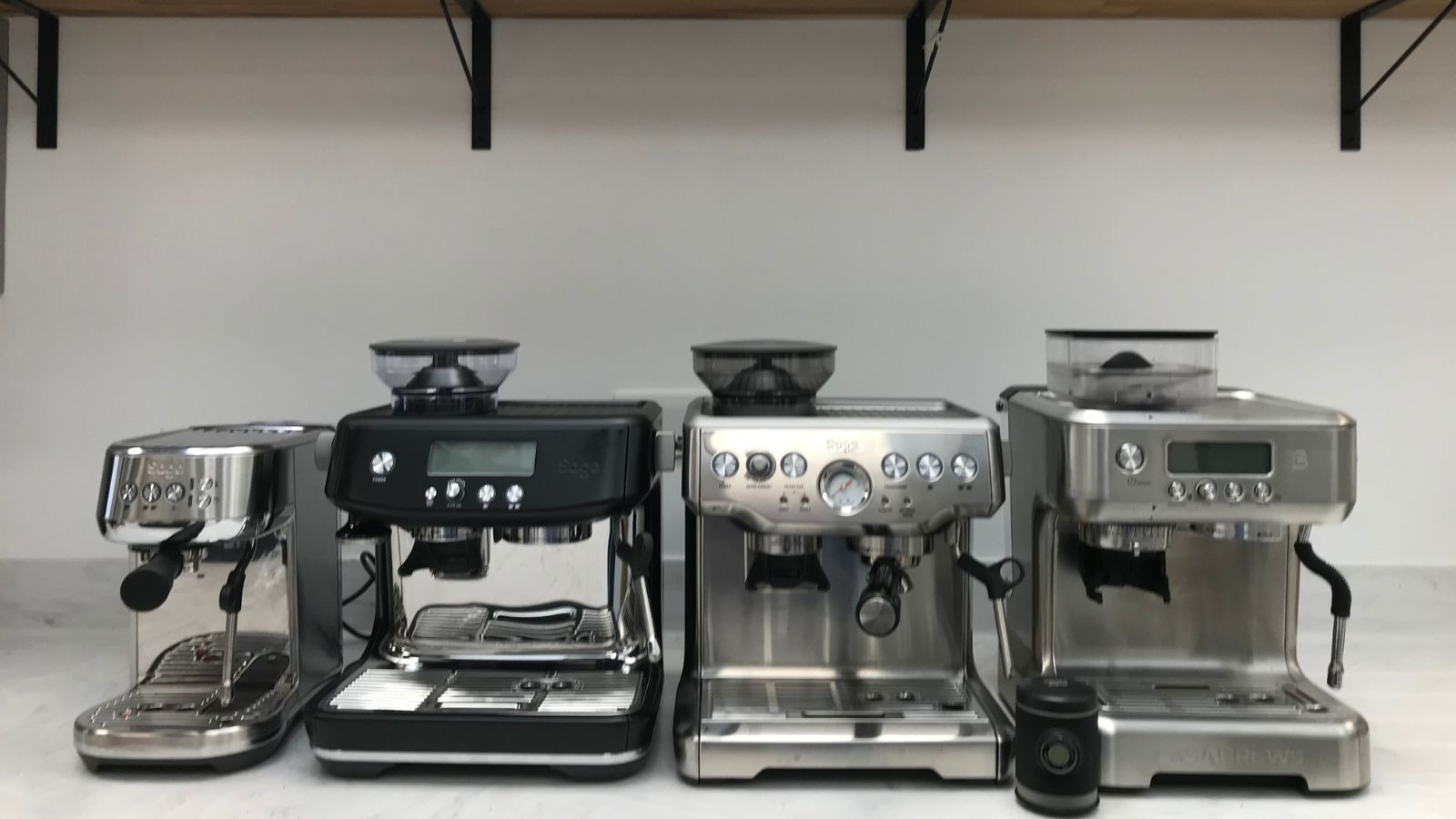
At Homes & Gardens, we take our coffee maker tests seriously. Before we feature them or recommend you buy them, each machine will have been tested by our experts and compared to models from top brands like Breville, Nespresso, and Technivorm.
Where possible, we test how a coffee machine fares on making espresso, Americano, and cappuccino. This allows us see the range that a coffee maker has, across milky coffee as well as more intense and flavorful shots. However, if a coffee maker claims to be able to make a vast menu of different coffees, we'll test them all and let you know about them in our 'special features' section. We make sure to use the same coffee beans in each test, so that we can compare how well the flavors and aromas of the coffee has been extracted. If a machine can froth milk, we will test non-dairy milks too, as these can be temperamental.
We'll make notes on everything from aesthetics to cleaning and maintenance, so that you can get a holistic idea of what these machines are like to live with before you invest in them. If you'd like to find out more, you can visit our dedicated page to learn how we test coffee makers.
FAQS
When is the best time to get coffee maker deals?
In my opinion, it's the holiday shopping season. Kicking off with Black Friday coffee maker deals and closely followed by Cyber Monday coffee maker deals, this is the best time of year for kitchen appliance deals. But you can usually find a great deal on a coffee machine all year round.
You’ll find some of the biggest discounts on automatic espresso machines, Keurig and Nespresso machines, especially on the high-end models and bundled deals. You'll probably be able to pair your new machine with a discount on the best coffee grinder, as well as the best milk frother to whip up delicious lattes and cappuccinos at home.
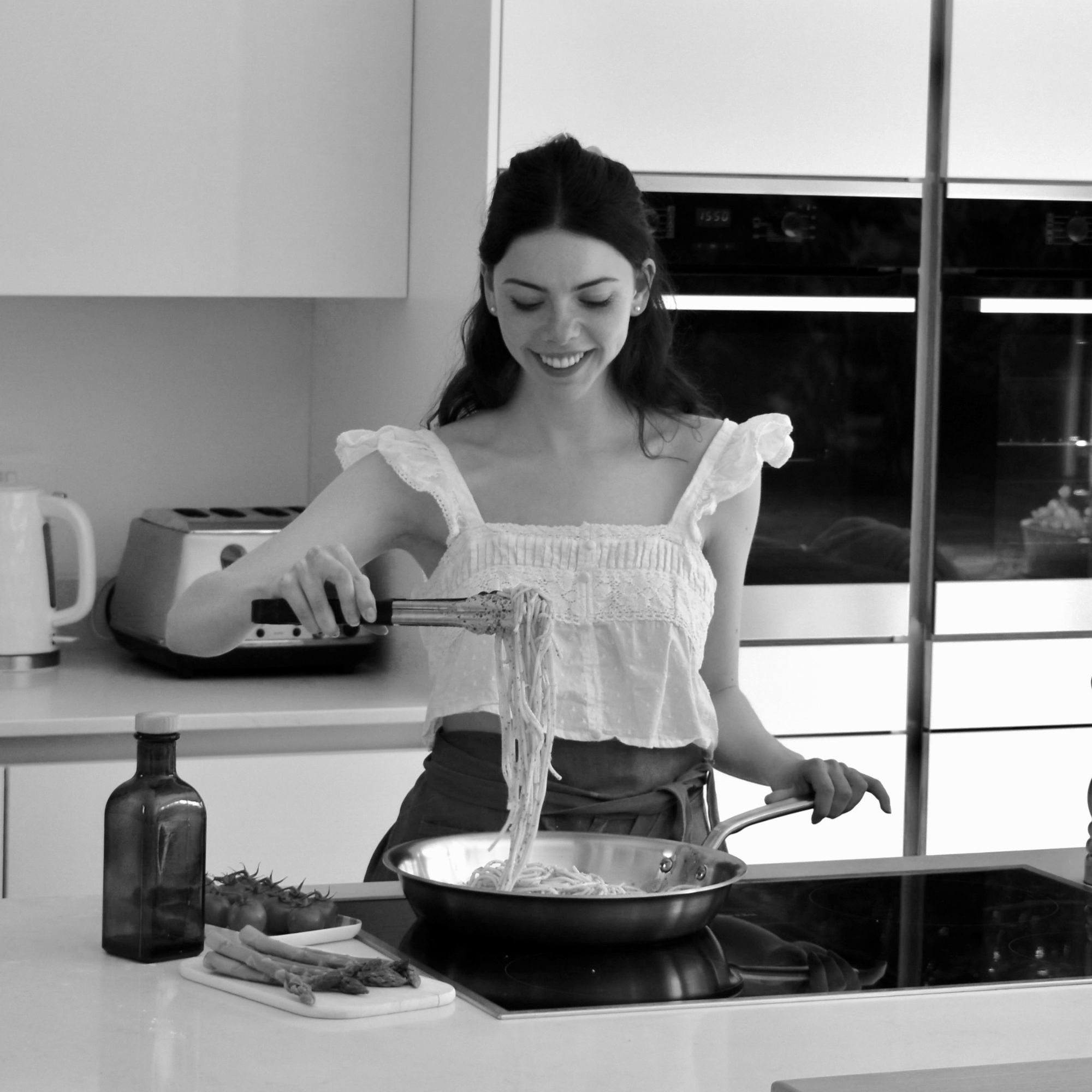
Lydia is the Kitchen Appliances Editor for Homes & Gardens, testing everything from air fryers and mixers to juicers and coffee machines. She trained in Culinary Arts at Leiths School of Food & Wine and previously served as the Recipe Editor for Mindful Chef.